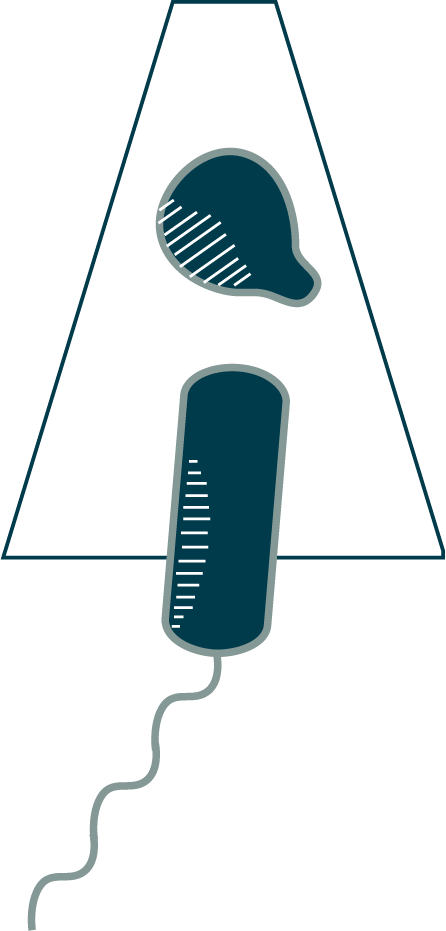A species is a unique group of organisms and is the first rung on the ladder of taxonomic classifications that stretches all the way up to the three domains of life: Bacteria, Archaea and Eukarya. How exactly a species is defined, though, is a surprisingly complicated question, especially for single-celled organisms. For most animals, species boundaries are defined by the infertility of offspring from matings across that boundary. This does not always work, though, and many species are defined by geographical, rather than reproductive, separation. For organisms that reproduce asexually, the boundaries are even more nebulous and often simply reflect a fairly arbitrary degree of difference, either morphological or genetic. Also, remember that bacteria and archaea frequently exchange genes, or larger stretches of DNA, through horizontal gene transfer (for a familiar example, think of the transfer of antibiotic resistance). This further blurs the lines between species. In an extreme view, perhaps we should think of environments less as collections of species than as pools of genes temporarily stored in a variety of containers. Still, despite its inexactness, taxonomic classification provides a useful way to trace biological traits so we can begin to answer questions like how the machines you see in this book may have evolved.
This phylogenetic tree shows the relatedness of the species in this book. The length of the branches separating two species from their last common ancestor is proportional to the amount of time that they have been evolving separately. Keep in mind that individual species of Bacteria and Archaea can be as evolutionarily divergent from one another as they are from us. The deeper we go into the past, toward the center of the tree, the less accurate the predictions of relatedness become. The branch point between Bacteria/Archaea and Eukaryotes is particularly hazy, and a topic of lively debate. We’re still discovering new species, and even higher-order clades, and the computational tools we have to detect genetic relationships are improving, so this tree, too, will continue to evolve.
